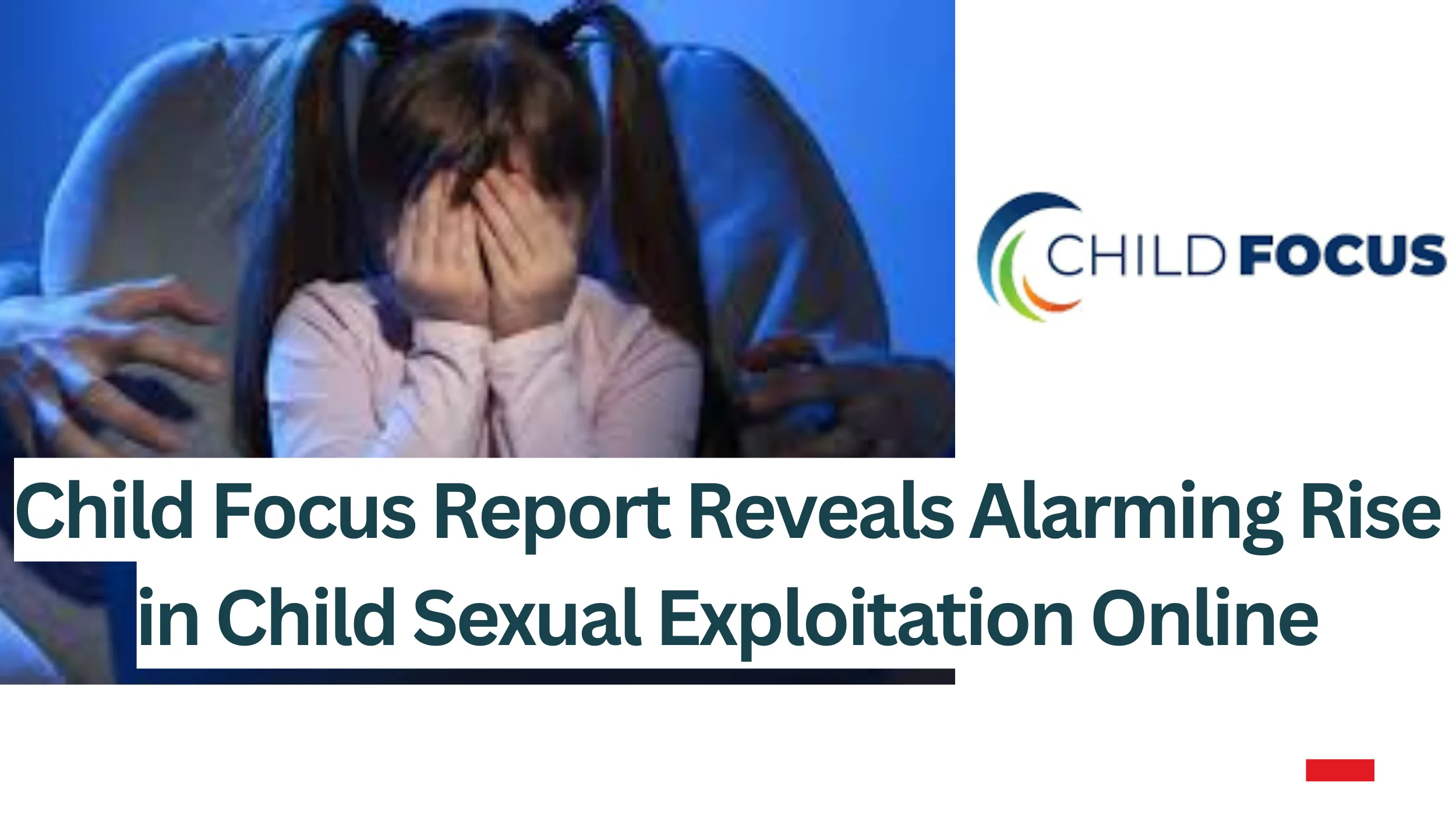Brussels (Brussels Morning) – The latest report by Child Focus emphasises several worrying trends, from growing disappearances and expanded sexploitation to a skyrocketing number of child sexual misuse images online.
How severe is the problem of child sexual exploitation?
Child Focus, the Belgian association for missing and sexually exploited children, acquired a record number of declarations of abuse images last year. It dispatched a total of 2,421 reports from citizens who came across questionable images of child sexual abuse online via its civil hotline, an increase of 32%.
What are the latest trends in online child abuse?
“Each report can be a gateway to numerous websites with pages consisting of hundreds or even thousands of photos,” the report said. Child Focus surveyed almost 254,000 such images (+93%) and sent out 909,243 submissions for removal. “But this is not enough. We are concerned and performing against the clock to fight against child sexual abuse. New children are manipulated every day and technology is making it increasingly straightforward to produce and distribute images of abuse with impunity.”
How effective are current regulations against child exploitation?
In light of this, the organisation called for the critical adoption of a European regulation (CSA regulation). “That regulation pushes online platforms to do a risk analysis and then withdraw images of abuse themselves.” The Belgian EU Presidency recently developed a compromise proposal, supported by the EU parliament. It is now before the Council.
What are the dangers posed by “deep nudes” technology?
Other notable and disturbing figures regarding sex crimes against children were underlined in the report. ‘Sextortion’ cases increased from 109 in 2022 to 183 fresh cases in 2023 (+68%) – which is where young people are tempted to send nude images of themselves and then squeezed with the exchanged images. Three-quarters of the targets are boys.
Are children increasingly vulnerable to grooming online?
The number of files on non-consensual sexting – where pictures are distributed without the consent of the individual in the image – also reached a fresh record, while the organisation noted that, for the first time, it received a number of files around naked images created with artificial intelligence, so-called “deep nudes”. “Research indicates that the impact of such an image on a target is as devastating as with real images.”
A total of 43 files linked to grooming – the method by which an adult deliberately comes minors with a sexual purpose – were spread, up from 36 in 2022. In one in five issues, the victims were boys. The number of files on the sexual exploitation of children in prostitution increased from 61 in 2022 to 73 new files last year. Most sufferers were between 14 and 17 years old, but in ten files, the sufferer was as young as 13 years old.
What challenges does Child Focus face in tracking perpetrators?
“Detection and identification of sufferers and tracking down perpetrators remain the most significant challenges. On the one hand, the recruitment and solicitation of possible victims take place largely via social media and encrypted apps. On the other hand, we see that victims rarely file objections themselves because they do not consider themselves victims.”
Last year also witnessed a significant growth in disappearance cases, with Child Focus recording 332 happenings of unaccompanied refugee minors who went missing in 2023, a 144% growth from 2022 (136 cases). The reports involve 256 children, 40 of whom left their structure more than once and returned. “This growth may be due to better collaboration with reception centres, which conveyed disappearances to Child Focus more repeatedly over the past year,” the organisation noted.



